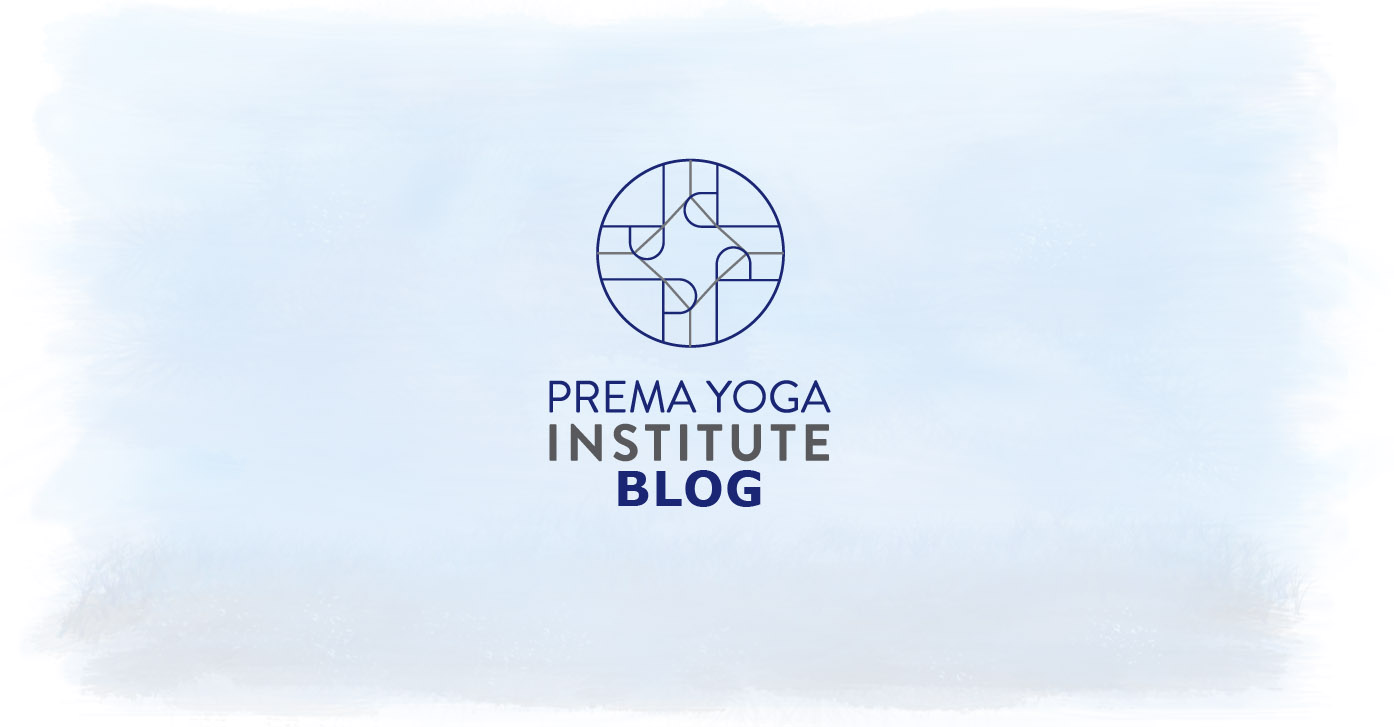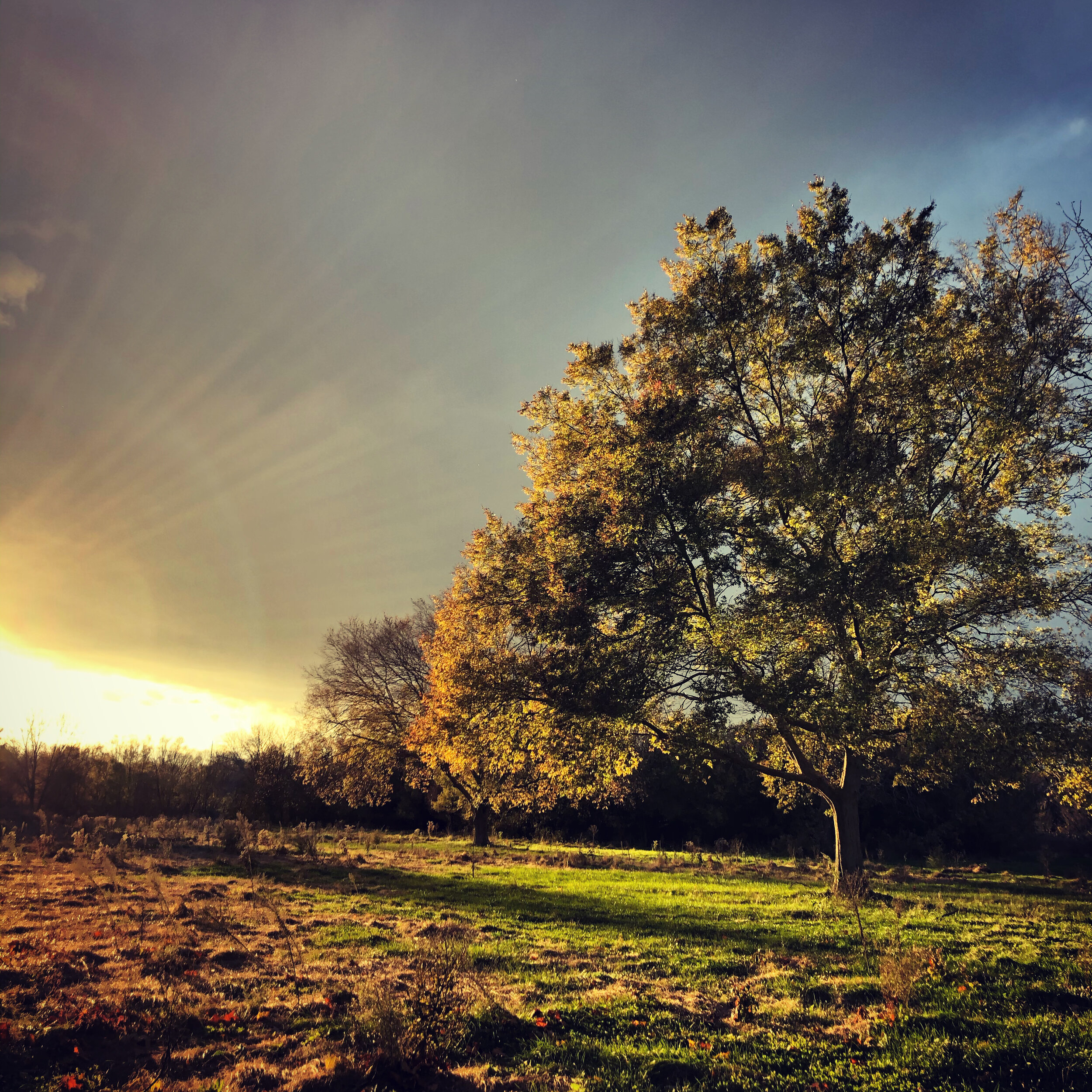
The Physiological Necessities for Warm-Ups in Yoga
Yoga is not just about striking a pose; it’s a holistic practice that involves mindfulness, breath control, and understanding the physiological aspects of the body. One crucial aspect of yoga practice is the warm-up phase, which often gets overlooked.
In this article, we will explore the physiological necessities for warm-ups in yoga, emphasizing the importance of gradual stretching, movement, and mindfulness in yoga. Additionally, we'll provide valuable yoga practice tips to enhance your warm-up routine and overall yoga experience.
The Spinal Cord-Muscle Relationship: A Lesson in Gradual Stretching
Yoga is about the intricate connection between our bodies and minds. The relationship between the spinal cord and muscles is a prime example of this connection. The muscle spindle, located within the muscle, plays a critical role in resisting sudden stretching. When the length or tension in a muscle changes abruptly, the spindle signals the spinal cord, which, in turn, instructs the muscle to contract.
To prevent this natural muscle contraction, it is imperative to incorporate gradual stretching into our practice. Slow movement allows the muscles to adapt and lengthen without resistance. Neglecting this gradual approach can not only limit your range of motion but also increase the risk of injury, including muscle tears and connective tissue strains or tears.
One example is the hamstrings. If a class begins with static stretching, the muscle spindle will simply inhibit muscle release. Instead, incorporate slow dynamic stretches, such as this mini-sequence:
Cat/cows and establishing ujayi breath
Bring one foot forward into a runner’s lunge with the hand on blocks
Inhale lengthen the leg
Exhale bend back to runner’s lunge
Repeat 4-6 times, lengthening the leg and the breath with every slow repetition
If holding any postures involving stretching in the warm-up, be sure they are mindful, simple and slow to encourage interoception – our ability to perceive what is happening inside our body. So in the case of the hamstrings – after the slow flow warmup described above - one could teach or practice Uttanāsana with well-bent knees – bringing the yoga practitioner’s thoughts to the breath and feeling of this introspective pose.
The phrase “listen to the body” is prevalent in yoga asana classes for a reason - that listening is one experience of the union of mind and body.
For a more in-depth understanding of this process, I highly recommend reading Ray Long’s insightful blog post on the subject.
The Role of Synovial Fluid in Joint Health
Another crucial aspect of yoga warm-ups is the role they play in joint health. Synovial fluid, a vital component for joint lubrication, is released into the joint only when there is movement. Synovial joints, like the hip, are surrounded by a capsule lined with synovial membrane (synovium). Within the synovium, fibroblasts secrete synovial fluid, which lubricates joint surfaces, reduces friction, and acts as a shock absorber.
Additionally, synovial fluid carries oxygen and nutrients to the articular cartilage while removing carbon dioxide. Macrophage cells in the synovium clear debris and unwanted material from the joint space. Activities that maintain joint range of motion facilitate the circulation of synovial fluid and help clear unwanted substances.
Therefore, moderate joint movement is not only essential to prevent injury but also integral to joint repair. The key is to find a healthy range of motion that does not cause inflammation, ensuring the longevity of your practice.
Now, you might wonder how this connects to your yoga warm-up. Well, it's all about maintaining that precious range of motion. When you engage in activities that gently mobilize your joints, you’re effectively facilitating the circulation of synovial fluid and helping clear any unwelcome substances. It's not just about injury prevention; it’s integral to joint repair and longevity.
So, remember that as you embark on your yoga journey and warm up your body, you’re not only preparing for your practice but also nurturing the health and resilience of your joints.
Are you a yoga teacher ready to take your teaching to the next level? Discover slow flow yoga and more in our annual training Prema Therapeutics Essentials. This 100-hour online course counts towards a 500RYT with Yoga Alliance AND your Yoga Therapy Certification with IAYT simultaneously. Can out Prema Yoga Institute and advance your yoga teaching career today!
Slow Flow Yoga: A Meditative Experience
In the world of yoga instruction, teaching a “slow flow” class is an art form in itself. It is an opportunity to provide students with a safe and flowing experience, allowing them to access the parasympathetic nervous system (PNS) and attain a state of calm and meditative alpha brain waves.
It’s considered best practices to ask if there are any injuries or conditions your students are working with - and to do so in a semi-private moment such as down dog. One should also ask if there are any pregnancies (as a separate question - but also in a private moment). Lastly, it’s considered trauma-informed to always ask if students wish to be assisted, and to let them know that they can change their mind at any time. This is a trauma-informed way of teaching that normalizes the conditions humans go through - and that also gives them agency to determine if they’d like to be touched.
In a slow flow class, the sequencing and structure play a pivotal role in delivering a transformative experience. Here’s a suggested structure for a slow flow yoga class:
A well-structured slow flow class begins with an opening phase, where students are introduced, and an intention is set. It includes yoga warm-up exercises that gradually prepare the body for more intense asanas.
Here’s a breakdown of the class structure:
Introduction
The yoga class begins with a warm welcome, where students are encouraged to leave behind the outside world and enter the present moment. An intention for the practice is set, guiding students towards a specific focus or purpose for their session.
Warm-up
The warm-up phase consists of gentle movements and stretches designed to prepare the body for the more dynamic yoga postures to come. This phase helps students connect with their breath and begin to cultivate awareness within.
For more detail about the reasons behind a warm-up, see our biog, “The Physiological Necessities for Warm-Ups in Yoga”.
Standing Sequences
Incorporate standing sequences into your slow flow class, focusing on proper alignment and controlled movements. Standing poses like Vṛksāsana (tree pose) and Vīrabhadrāsana I-II (Warrior 1-2) help build strength and balance.
Lunar | Seated Series
The latter part of the class should emphasize calming and introspective poses. Gentle back extensions and seated twists are excellent choices for this phase, helping students transition from active to restorative yoga.
Śavāsana | Dhārāna | Dyhāna
The final phase of the class focuses on relaxation and meditation. Śavāsana (corpse pose) provides the perfect opportunity for students to meditate and find inner peace.
The Immune System and Slow Flow Yoga
Moving beyond the physical and mental benefits of slow flow yoga, let’s explore its impact on the immune system. Unlike other bodily systems, the immune system lacks its own pump and relies on exercise and movement to circulate lymph, removing impurities from the body.
Lymph nodes are concentrated in various areas, including the hips, armpits, neck, upper chest, and joints’ creases. Slow, repetitive movements through these areas aid in lymph system circulation, promoting waste removal both physically and emotionally.
San Salutations (Sūrya Namaskāra) and Moon Salutations (Candra Namaskāra) are ideal for daily lymph movement. However, alternative sequences from Desikachar’s “The Heart of Yoga”, particularly in Chapters 3, 4, and 5, can offer similar benefits. These sequences involve dynamic movements that apply pressure at joint creases, promoting lymph flow.
Heart-opening postures, like bridge pose (setu bandāsana), may stimulate the thymus gland, a key component of the immune system (This is a long-standing belief in yoga - future research is needed). Deep breathing and meditation further enhance the immune response by reducing stress and inflammation.
Special Considerations
Every individual is unique, and their yoga capabilities vary. As a yoga teacher, it’s crucial to take into account factors like the duration of poses, depth, and weight-bearing requirements when planning sequences. Mindful transitions can help prevent overloading the hip joint.
The Bottom Line
Incorporating warm-ups, understanding physiological principles, and sequencing yoga poses mindfully are essential for a safe and effective yoga practice. By prioritizing the physiological necessities for warm-ups in yoga, both students and teachers can enjoy the full benefits of this ancient practice while minimizing the risk of injury.
By following these guidelines and emphasizing the importance of gradual warm-ups and mindful sequencing, you can create a yoga practice that promotes physical health, mental well-being, and overall harmony.
Are you a yoga teacher ready to take your teaching to the next level? Discover slow flow yoga and more in our annual training Prema Therapeutics Essentials. This 100-hour online course counts towards a 500RYT with Yoga Alliance AND your Yoga Therapy Certification with IAYT simultaneously. Can out Prema Yoga Institute and advance your yoga teaching career today!
Building Precious Immunity
Hug a tree to build your Ojas, they said.
My teachers in ‘Ayurveda and Immunity’ at Prema Yoga Institute are sharing ways to retain and build your vigor and resiliency that is the root of our immunity.
Ojas is an Ayurvedic concept and refers to that shield that helps us ward off stress and sickness. When our Ojas is good we have a glowing complexion, a sense of well-being, the ability to endure, and a feeling of lightness in body and mind.
Hug a tree to build your Ojas, they said.
Tree, photo by A.MacMullan
My teachers in ‘Ayurveda and Immunity’ at Prema Yoga Institute are sharing ways to retain and build your vigor and resiliency that is the root of our immunity.
Ojas is an Ayurvedic concept and refers to that shield that helps us ward off stress and sickness. When our Ojas is good we have a glowing complexion, a sense of well-being, the ability to endure, and a feeling of lightness in body and mind.
A person with high Ojas
On the other hand, when we have low Ojas, we feel depleted. Signs of low Ojas include:
Dry skin
Cold hands and feet
Sensitivity to light and sound
Muscle or joint pain
Heaviness in body and mind
Drowsiness or fatigue
Tendency to get sick frequently
Lack of focus
Anxiety
Constant negative attitude
“We must guard our Ojas like a savings account,” Ayurvedic practitioner Julia Abramova says, taking care not to withdraw too much and potentially experience depletion and eventually disease.
So how to you build up your Ojas if it’s depleted?
Recipe by Julia Abramova, Jyoti Yoga and Healing
Strengthen your digestive fire (get on a good eating routine, don’t overeat, etc)
Eat Ojas-building foods that are sweet, heavy, smooth, cool, stable (avocados, bananas, soaked dates, soaked raisins, fresh figs, sweet potatoes, mung beans, ghee, milk, almonds)
Do restorative yoga
Rest! All healing begins in rest.
Practice Abhyanga or Self-massage with Oils
Practice Pratyahara - disconnect from sensory overload
Walk in the moonlight
Forest bathing
So here’s a suggestion: go stand in nature and put yourself on “receive” mode, taking in the soothing sounds, gentle air, and life force of the beings around you. Drink in the beauty that surrounds you. Build your Ojas!
Sunsets are a marvelous way to drink in Ojas
Resources:
Ayurveda and Immunity Course, Prema Yoga Institute
Julia Abramova, E-RYT500, Founder and Program Director of Jyoti Yoga & Healing, Ayurvedic Practitioner, Certified Yoga Therapist (C-IAYT)
——————————————————————————————————-
Ann Grace MacMullan is a yoga teacher and owner at Team Sun Wellness, a Philadelphia-based company whose mission is to help people of all walks of life take care of themselves through mindful movement and focused breathing. She is also a yoga therapy student at Prema Yoga Institute.
.


















